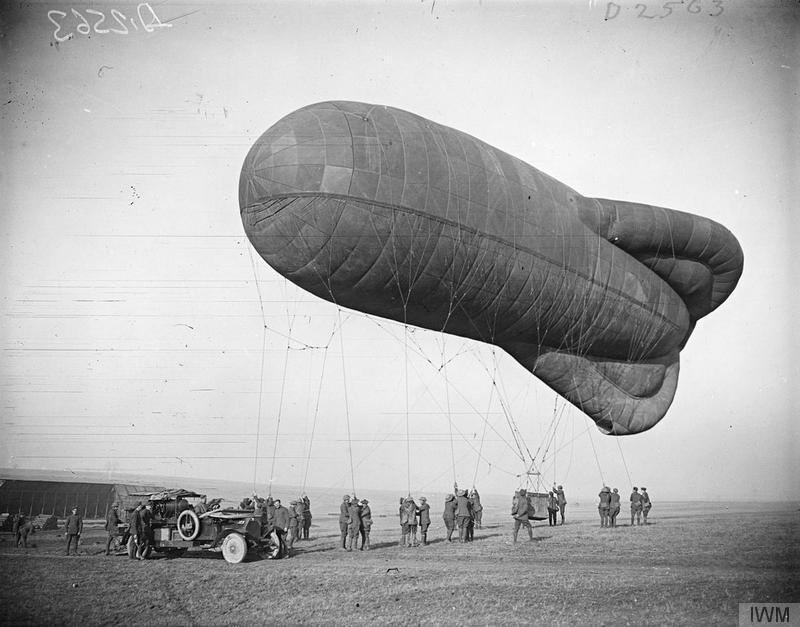

"One against sixty" -- the famous dogfight one hundred years later
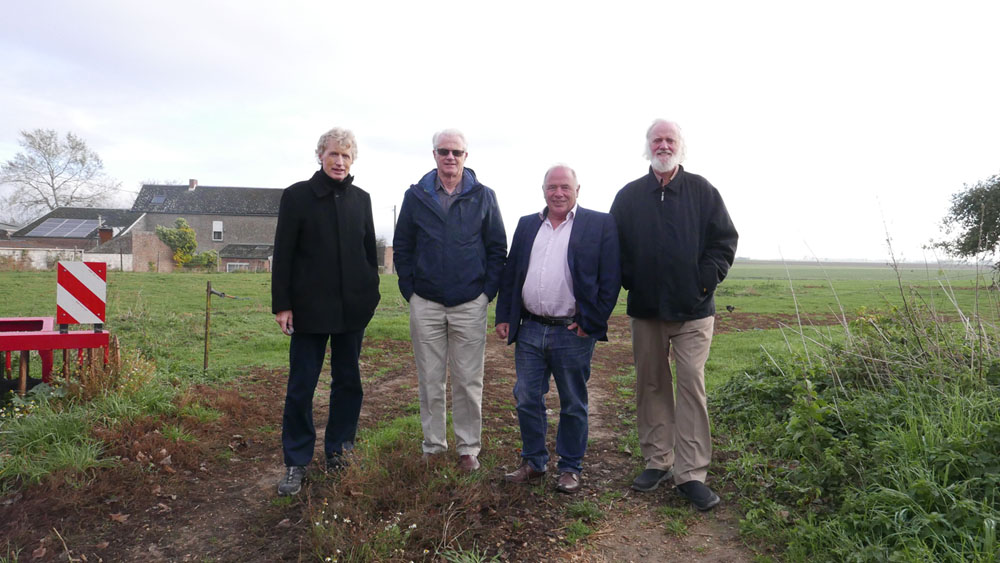
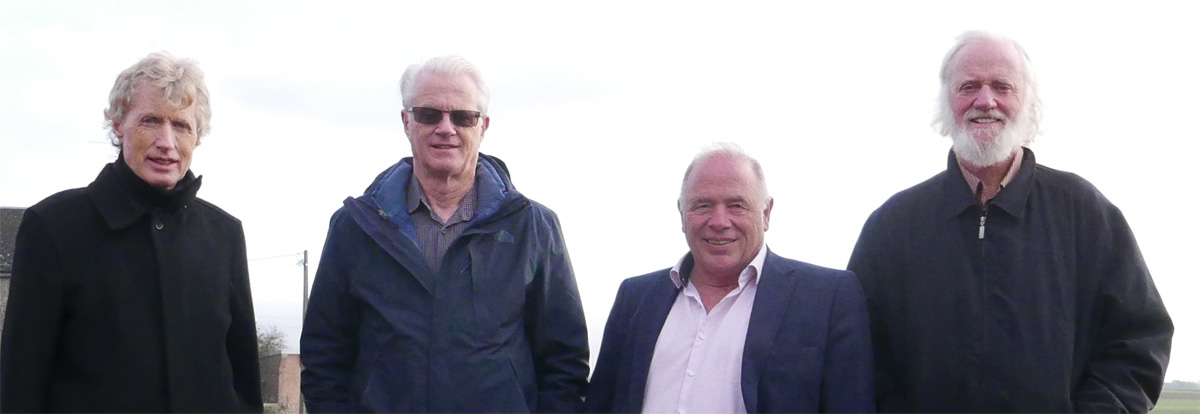
Ian and Alexander Mackenzie, Martin Sayers, and David Mackenzie. The three grandsons of William Barker VC stand with the grandson of Frank Woolley Smith, the man who saved Barker's life, near the spot where the air ace crashed one hundred years earlier to the day -- on 27 October 1918.
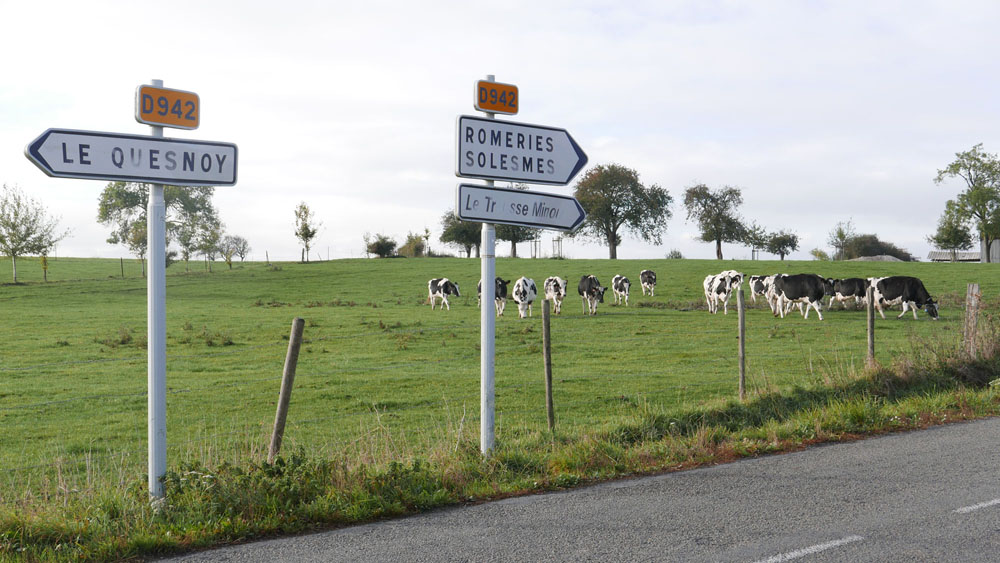
Cows graze near where battle raged a century before. This was the road down which New Zealand forces advanced in the last days of World War I to besiege the ancient walled city of Le Quesnoy. Barker likely crashed within sight of this spot -- 50.211 latitude, 3.553 longitude, some 7 km southwest of Le Quesnoy on route D942. Observation balloons were always placed several kilometres behind the front lines.
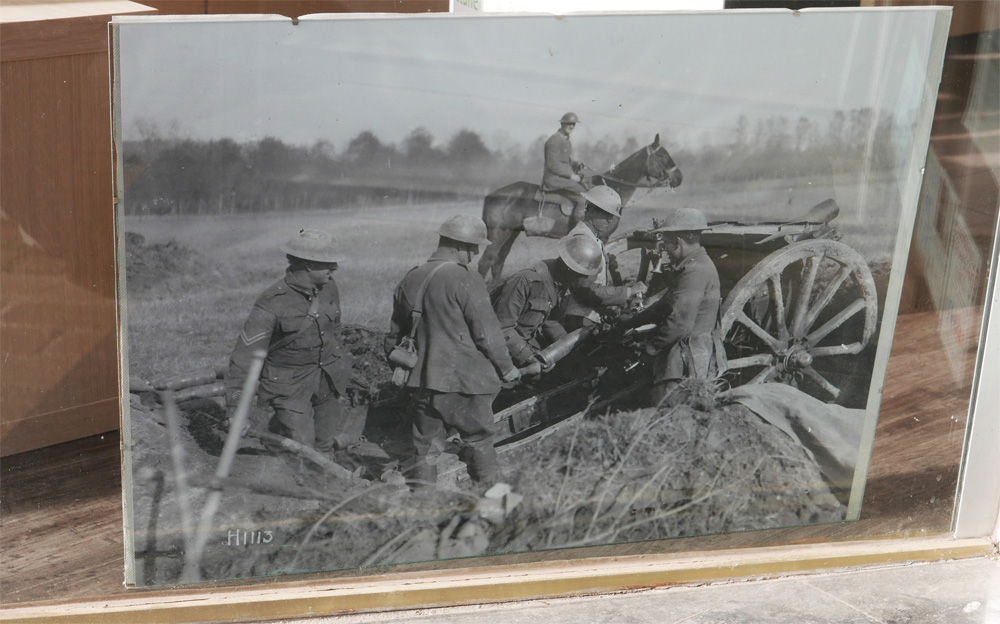
After almost four years of trench warfare, battlefield mobility resumed in the late summer of 1918. Mobile artillery and even cavalry again became relevant, as the Allies steadily pushed the German lines back. New Zealand troops were assigned the task of retaking Le Quesnoy, a strategically located town of 5000 on the edge of the Mormal Forest.
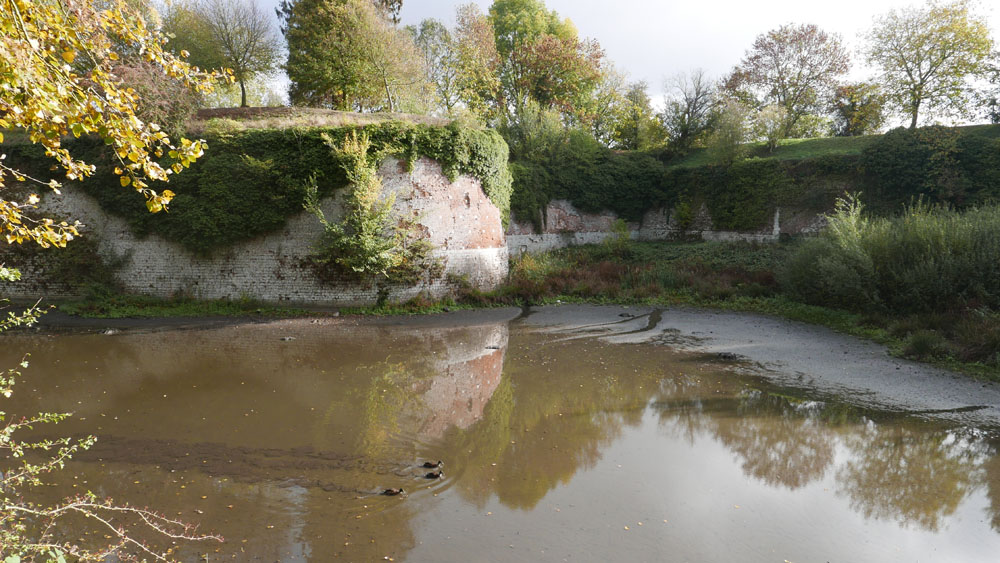
A walled city since the 12th century, Le Quesnoy was part of the domain of the Dukes of Burgundy, and later fell to the Hapsburgs. It was besieged by the French in 1654 and annexed to Louis XIV's expanding kingdom. Shortly thereafter its fortifications were redesigned by Vauban, the great military engineer. His new walls were first tested in battle in 1712, when the Austrians took the city after a week long siege. The French retook it in another week, and while restoring the defences improved on Vauban's design. These are the origins of the walls we see today, which, in the following two and a half centuries, have protected the city during five more sieges -- the last one being in 1940, when these 17th century ramparts delayed the advance of Hitler's panzers for three days.
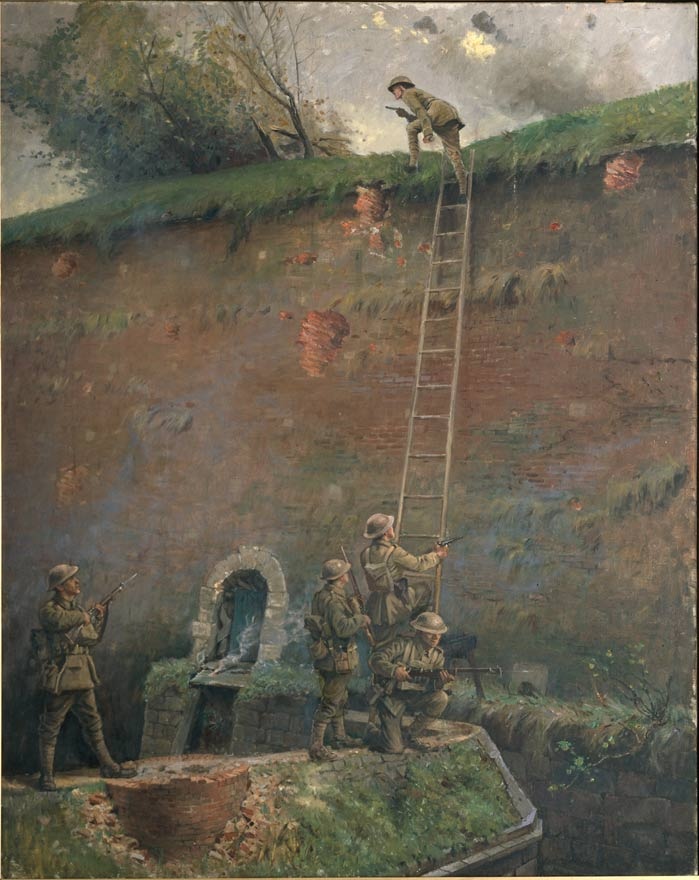
Capture of the walls of Le Quesnoy by George Edmund Butler, 1920.
On the morning of November 4th, 1918, the battle of Le Quesnoy began in earnest. With orders to take the city without destroying it, the New Zealand Division trained its artillery on the heights of the ramparts. In the resulting confusion a scouting party was able to cross the moat undetected and erect a ladder at an unguarded section of the walls. The thousand or so German defenders, ordered to hold on at all costs, suddenly found themselves fighting enemy troops in the streets, and were forced to surrender by that evening. A medieval siege technique had sealed the fate of this strategically located fortress, and opened the way for a rapid Allied advance towards Belgium and Germany. The war would end a week later.
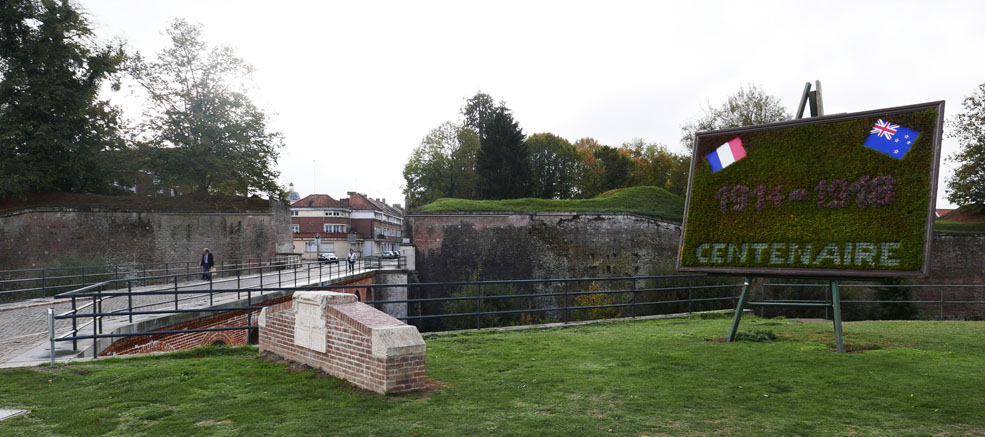
To this day the citizens of Le Quesnoy are grateful to the people of New Zealand for freeing their city.
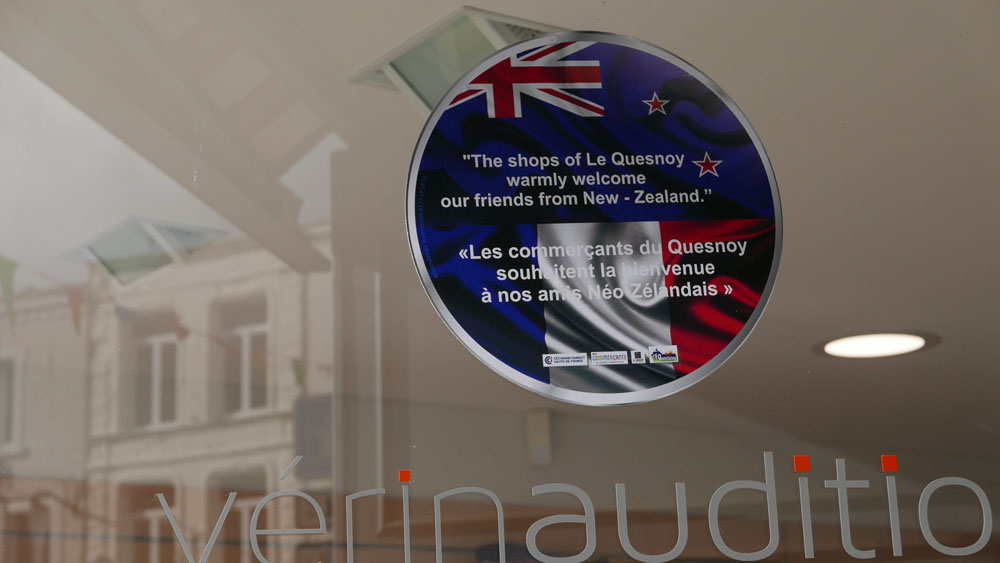

We were there just eight days before the centenary of their liberation, and the townspeople clearly were expecting a lot of visitors from New Zealand. When they heard us speaking English, several of them approached to welcome us.
